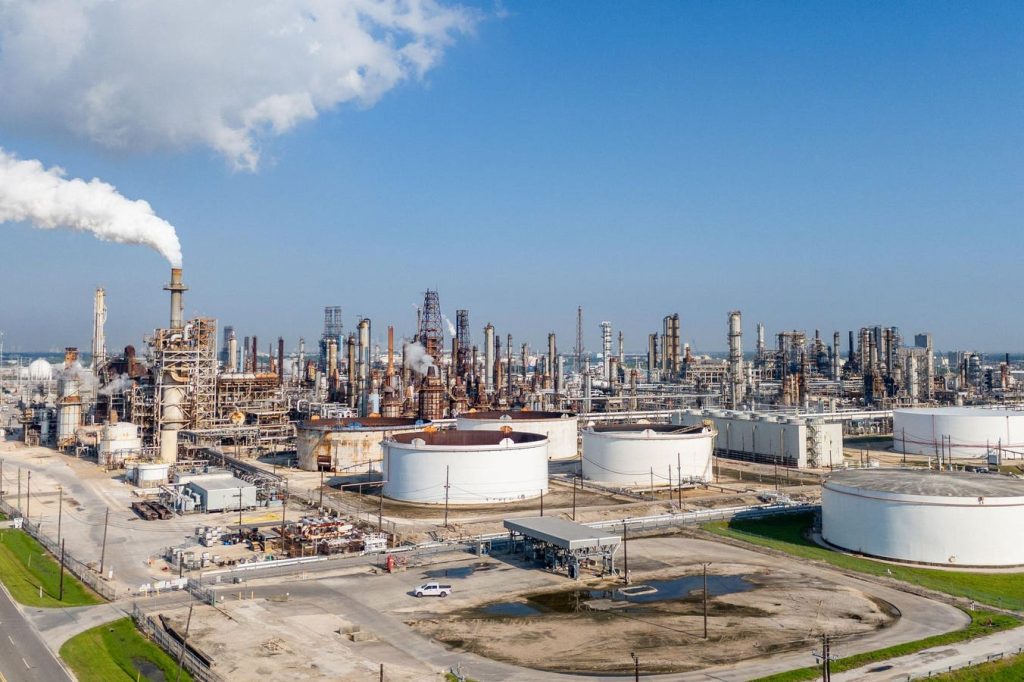The International Energy Agency (IEA) recently released its Oil 2024 report, projecting a significant surplus of oil production by 2030, with a staggering 8 million barrels per day above global demand. The report attributes this trend to the increasing adoption of electric vehicles, the growth of renewable energy sources, and China’s declining oil consumption. Despite these factors, the IEA still expects global oil demand to grow, with estimates reaching 105.6 million barrels per day by 2029 before decreasing slightly to 105.5 million barrels per day in 2030.
The report forecasts that supply growth will be primarily driven by non-OPEC+ countries, such as the United States, Brazil, Guyana, and Canada, which are expected to reach record levels of production. In contrast, OPEC+ output is anticipated to remain relatively steady due to voluntary production cuts aimed at maintaining market stability. This disparity in supply growth between OPEC+ and non-OPEC+ countries could have significant implications for geopolitics and OPEC’s influence on oil prices.
The IEA’s supply projections are based on announced projects, but also rely on assumptions regarding depletion in existing fields, future discoveries, and demand trends. In 2016, Bloomberg made a similar prediction about an upcoming oil crash, citing trends in electric vehicle sales and potential reductions in oil demand. However, global oil demand actually increased by around 5 million barrels per day by 2023, disproving Bloomberg’s projections and showcasing the difficulty of accurately predicting market trends.
The potential consequences of incorrect market projections, as demonstrated by Bloomberg’s inaccurate forecast, could lead to volatile oil prices. If investments in oil projects had decreased based on the predicted supply excess, oil prices in 2023 might have averaged $130-$150 per barrel instead of the actual $78 average. The IEA’s projection of a surplus in oil production by 2030 is also subject to various assumptions, and the accuracy of the forecast remains uncertain.
Despite the potential for inaccuracies in market projections, the IEA’s report remains a valuable tool for understanding the global dynamics of oil supply security, refining, trade, and investment. The report highlights the shifting landscape of the energy sector, with renewable sources and electric vehicles playing an increasingly significant role in shaping the future of oil demand and production. As the industry continues to evolve, it will be essential for policymakers, energy analysts, and investors to monitor these trends closely and adapt strategies accordingly to navigate the complex dynamics of the global oil market.


